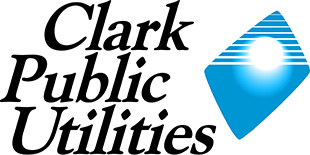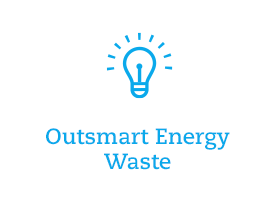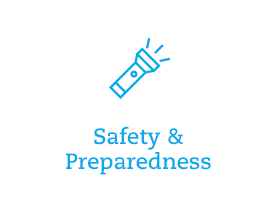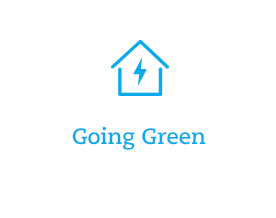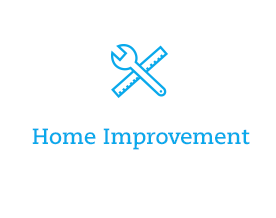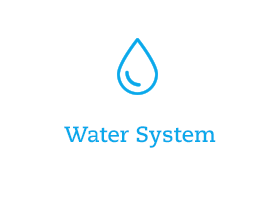How to Read Your Electric Meter
Know Your Numbers
How to measure your electric and water meters
Residents of Clark County pay for the electricity and water they use, which is measured by meters associated with each building in the county. Measuring and tracking the amount of water and electricity you use in your home or business can be a great way to help you understand your usage, see for yourself how much your conservation efforts may be affecting your usage, or plan for upcoming utility bills.
We encourage all of our customers to learn to read their meters, to monitor consumption between bill cycles. And in this post we’ll tell you how.
Reading your electric meter
Your electric meter has several dials that look kind of like clock faces. Reading them is pretty simple, once you know how they work! The pointers on each dial turn slowly, measuring the number of kilowatt-hours (kWh) being used. They don’t turn in the same direction—every other one turns counter-clockwise. The dial to right records the smallest number, measuring one kWh hour at a time.
First, read the dials in order from right to left. Write the numbers down in that same order.
If a pointer is between two numbers, record the smaller number, but if a pointer is directly on a number, record the next smallest number, unless the pointer on the dial to the right of it has passed zero. It’s best to read your meter regularly, at about the same time each month or week. Next, subtract the number you wrote down on your last reading from the one you just took.
Current kWh measurement – previous kWh measurement = kWh difference
Now, you’ll need to multiply your kWh used by the number shown in the “multiplier” column of your electric bill. (Your meter face will show this multiplier too.) This is because some meters only record part of the electricity used.
kWh difference x multiplier = kWh used
Now you have the actual number of kilowatt-hours used between your present and previous readings. Finally, to calculate the cost of your use, multiply the number of kilowatt-hours used by 8.16 cents, which is the cost of each kilowatt-hour.
kWh used x .0879 = expected cost for your electric bill
Reading your water meter
There are three kinds of water meters; all track the amount of water flowing through them by measuring cubic feet, or ft3. Each ft3 is equal to 7.48 gallons of water.
Two of the types of meters look sort of like car odometers—one has a dial that reads to a tenth of a ft3, and the other reads to a thousandth of a ft3.
The third type of meter is very similar to an electric meter, having several dials with pointers that turn slowly when water is being used. Also like your electric meter, every other dial turns counter-clockwise, with the dial to the right recording the smallest increments of 1ft3 of water at a time.
To measure your water usage, repeat Steps 1 and 2 for measuring your electric usage precisely. For Step 2, you’ll be subtracting your current ft3 from previous ft3, so the resulting number will be cubic feet of water used.
External factors like weather, seasonal factors like holiday lights, or conservation measures like watering your lawn in the evening, can all affect your household’s water and electric usage. The longer and more consistently you track your usage, the better you’ll understand how these factors affect your household, and how you may be able to manage usage, and lower your utility bills.
